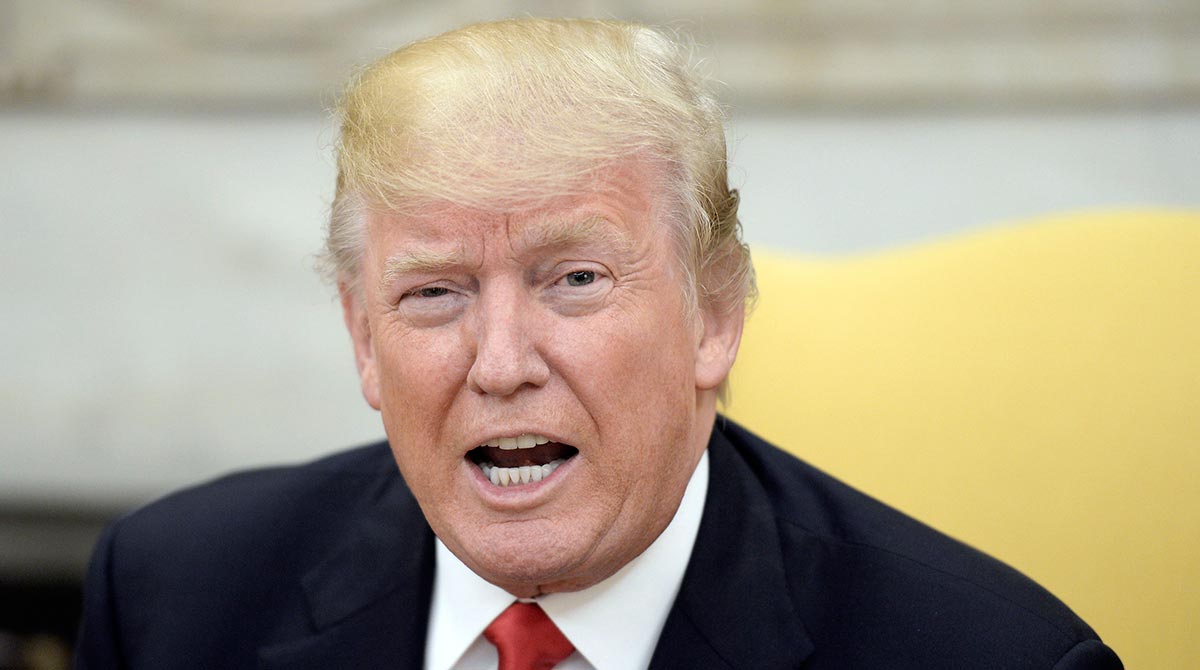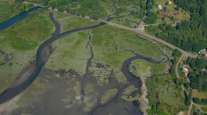Trump to Outline Infrastructure Plan That Includes Rural Funding

President Donald Trump will outline his vision on June 7 for an infrastructure plan that includes federal grants to rural areas as well as to states and localities to create additional funding for projects, according to a preview of the speech provided by the White House.
Trump is scheduled to speak in Cincinnati as part of what the White House has billed as a weeklong effort to formally launch the initiative to deliver the $1 trillion in infrastructure investment he has promised to upgrade crumbling roads, bridges, airports and other assets.
The president proposes allocating $200 billion in federal funding over 10 years to spur at least an additional $800 billion in spending by states, municipalities and the private sector. The federal funds will be divided into four categories:
• A mixture of grants and loans to “transformative’’ projects, with Trump’s proposal to place the U.S. air-traffic control system under a private, nonprofit corporation as an example.
• Grants to rural areas to repair bridges, roads and waterways. Critics of Trump’s approach have raised concerns that rural areas would not be able to use tolls or fees needed to attract private investment.
• Enhanced loan programs, with the Transportation Infrastructure Finance and Innovation Act, or TIFIA, as an example of how federal funds can be used with state, local and private dollars to fund projects.
• Incentive programs with grants to states and municipalities to create additional funding for infrastructure.
Funding Questions
“The president aims to give states and localities the ability to address their own critical infrastructure needs and to collaborate with private enterprises where it makes sense,’’ according to the White House preview of the speech.
Trump has not detailed the source of the $200 billion or the breakdown in spending. The administration has said a full legislative package could be ready by the third quarter.
Democrats, some Republicans and groups representing the nation’s governors and mayors have said much more than $200 billion in direct federal spending is needed to meet the nation’s needs and that relying on states, municipalities and the private sector won’t get needed work done.
But Trump will distinguish his approach from President Barack Obama’s $787 billion stimulus bill in 2009, saying his plan focuses on “accountability of how federal tax dollars will be spent’’ rather than “just substituting federal highway dollars for state dollars.’’
The plan also calls for spurring investment by reducing the time to secure needed regulatory approvals and permits from about 10 years to two years, according to the White House.




